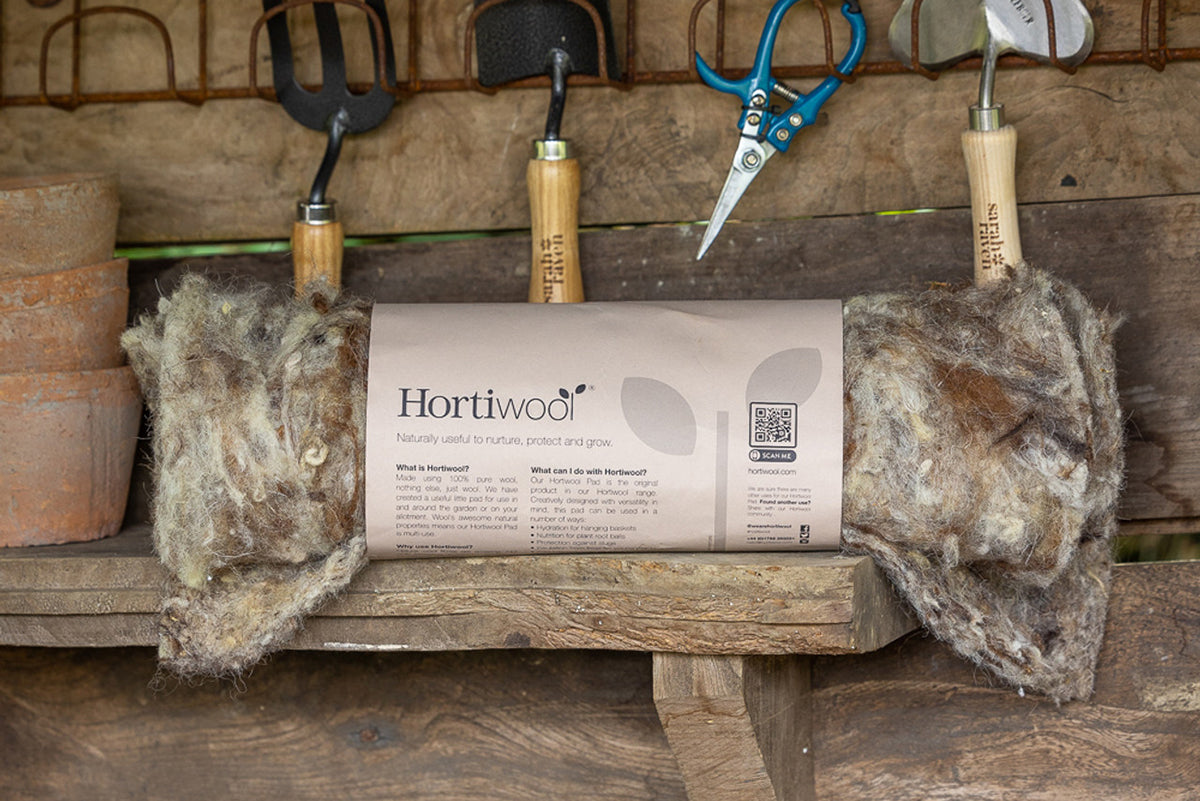Technology in the garden - Hortiwool

Hortiwool’s fleece pads, made from 100% wool, have been used for sustainable packing for food insulation for many years, providing an eco-alternative to polystyrene. But the natural fibres of this fleece, clipped from British sheep that’s then heat treated, washed naturally and scoured, has a wide range of uses, as Woolcool, the producers, are discovering.
One exciting area is using the wool is as a growing medium and a great alternative to peat. The wool mat has high water retention qualities and together with the loose felting, makes it an ideal environment for sowing seeds such as micro greens, herbs or bean sprouts. All you need is to lay some damp matting in a tray with a little water, sprinkle the seeds evenly and watch them grow. It’s ideal for indoor use as there’s no messy soil. After the seeds have sprouted, the wool can be torn and transplanted into the soil so as not to disturb the seedlings. It will naturally break down well and add nutrients such as nitrogen and other trace elements to the soil, as well as improving aeration and the soil’s water holding capacity.
It's ideal for insulating pots against frost and for lining hanging baskets as it’s breathable but helps release water slowly – it looks good too. And if you have any spare, the wool is excellent for birds to insulate their nests: leave a few bunches of the wool in trees and hedges for birds to gather.
The other sustainable use for these is as a slug protection as it absorbs the slug’s slime and makes it hard for them to move. Place a wide ring of wool around the base of favourite plants and hope the birds don’t get there first. The wool also acts as a mulch, helping warm the soil and stops weeds coming too.







